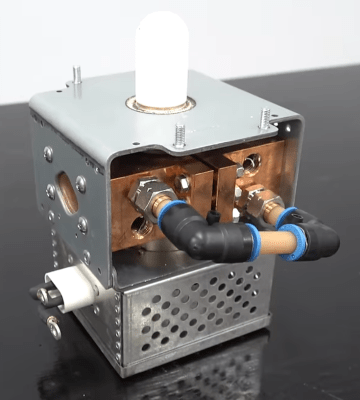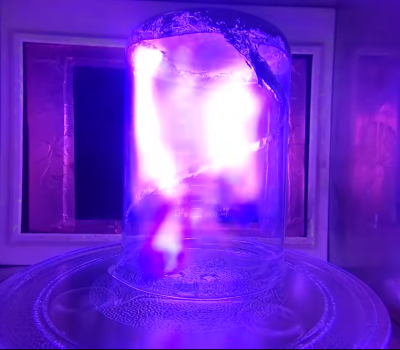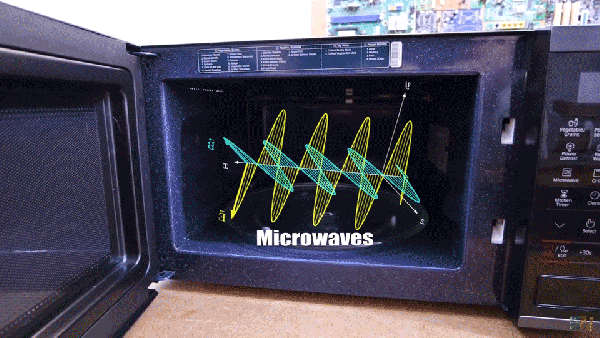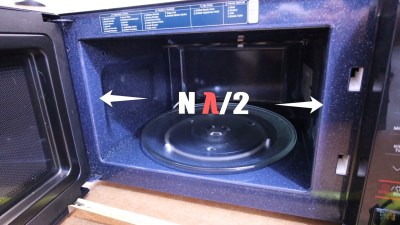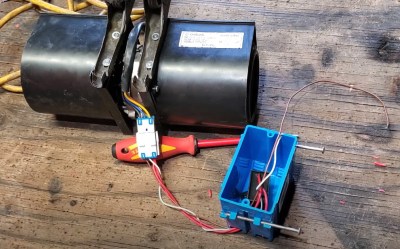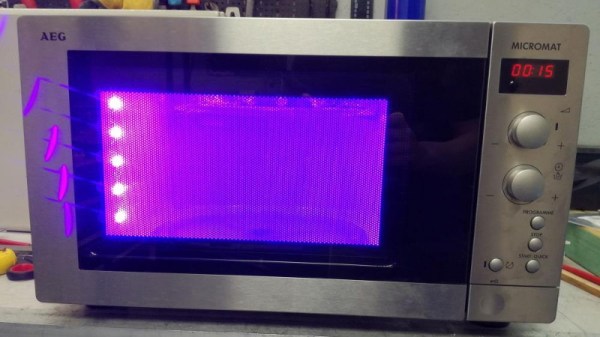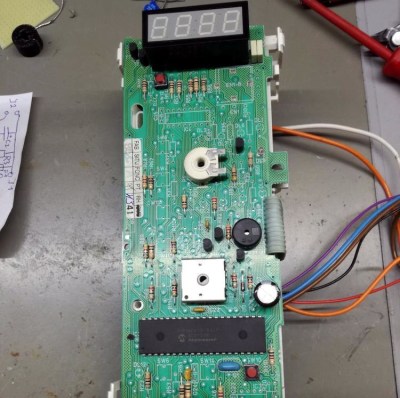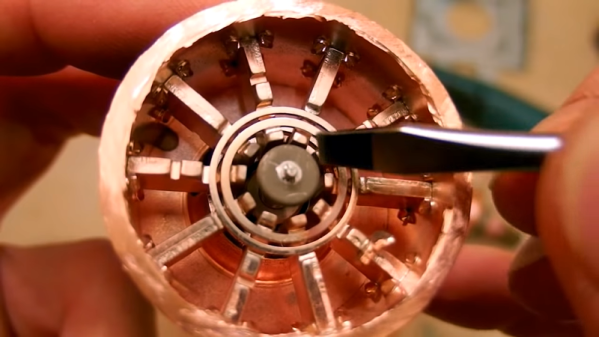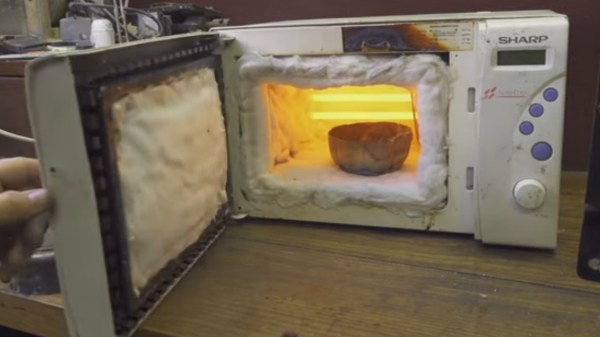Many decades ago, when soldering was an activity more often associated with copper fabrication than with electronics, a soldering iron would have been a large lump of copper on a shaft with a wooden handle. You would heat it in a gas flame, and use its pointed end for your soldering. Electric irons have made this a thing of the past, but the basic idea is still one with some merit. [Shake the Future] is here with a modern take on such an iron, one that is heated in the microwave oven.
The business end of the iron is a normal soldering iron bit, but behind it is a piece of sintered silicon carbide wrapped in ceramic fibre and covered with Kapton tape and a high-temperature-resin 3D printed shield. On the back of that is a 3D-printed handle. The whole thing is put in the microwave oven for a few tens of seconds to heat to temperature, and thereafter, you have however long the thermal mass of the silicon carbide holds the temperature in which to do your soldering.
It’s an interesting idea that we can see has some use in situations where you need an iron for a quick job away from your bench but within reach of the kitchen. We like the lateral thinking, and it’s certainly fascinating to see the construction. But in an age of USB-C power packs and irons we have more convenient soldering on the go, so we’re not sure how useful it would be to us.
Silicon carbide is an interesting material, it’s not the first time we’ve written about it being used in a high temperature application.
Continue reading “A Cordless Soldering Iron With A Difference”



